Brussels is a mosaic masterpiece of assorted cultures and ethnicities. Proof of such diversity can be found on any street where you can find features that range from chocolatiers exhibiting their pastries to mesmerizing facades of neo-Gothic cathedrals and everything in between. Here is the Impulse Odyssey Brussels Travel Guide.
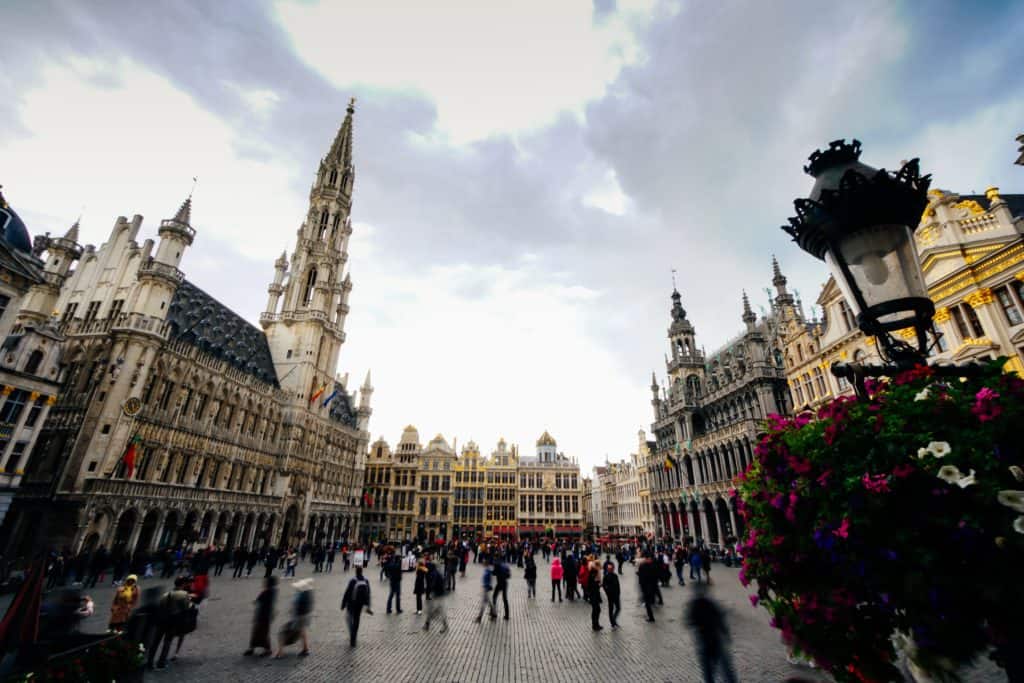 “What does it mean to be Belgian?” Having seceded from the Netherlands in 1830, Belgium is considered by many to be a fairly young nation. Its history is integrated with several nearby countries including France, Germany and Luxembourg. The degree of cultural diversity in Belgium has evolved over time to encompass a large variety of ethnic groups. This diversification ranges from the original Spaniards and Italians to the migration of Arabic nationalities.
“What does it mean to be Belgian?” Having seceded from the Netherlands in 1830, Belgium is considered by many to be a fairly young nation. Its history is integrated with several nearby countries including France, Germany and Luxembourg. The degree of cultural diversity in Belgium has evolved over time to encompass a large variety of ethnic groups. This diversification ranges from the original Spaniards and Italians to the migration of Arabic nationalities.
At the center of Belgium is Brussels, its bilingual capitol. With around 1,200,000 residents, Brussels accommodates most of Belgium’s population. Brussels is a beautiful collage of everything. Despite being bombed by the French in the 1600s and burned to the ground, the city still manages to display a mixture of architecture styles from different centuries.
Restaurants and street vendors present a medley of cuisines – all adopted from each of the many cultural communities that have merged into the Belgian society. From 15th century Trappist beers brewed by abbey monks, to thick French fries and long hot dogs drowned in mayonnaise, to the most important of all – BELGIAN WAFFLES, this city has it all!
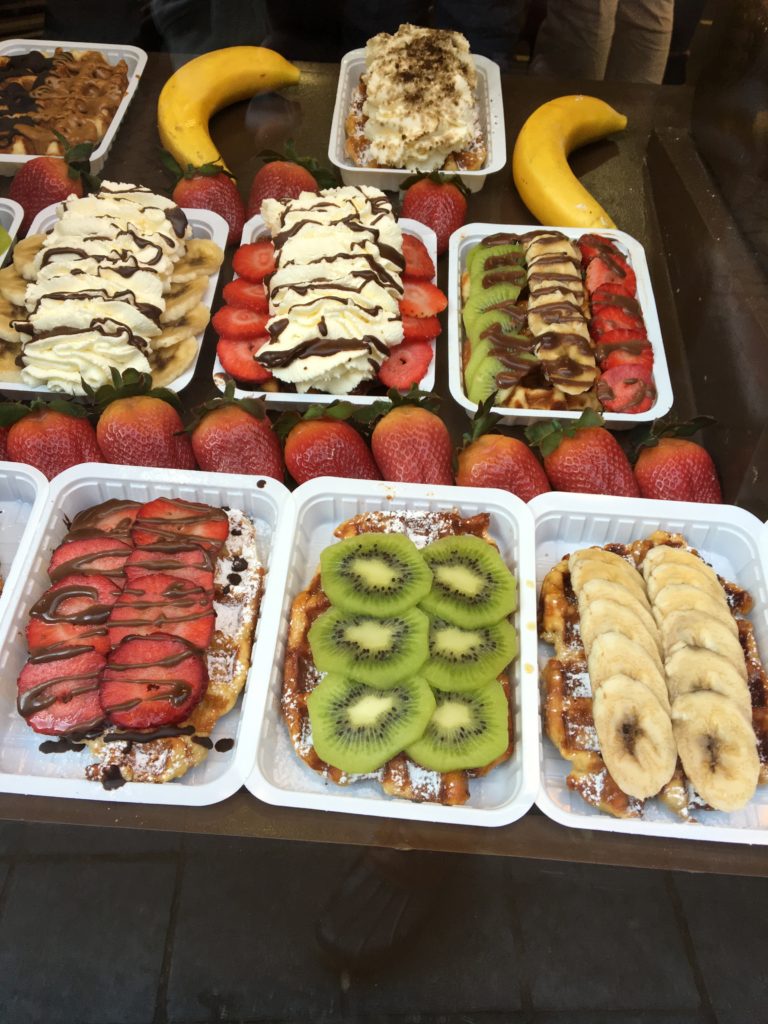 Throughout this guide, I will show you a list of the best attractions that Brussels has to offer. I will give you the ultimate tips to help navigate the ins and outs of the city on your own. Enjoy!
Throughout this guide, I will show you a list of the best attractions that Brussels has to offer. I will give you the ultimate tips to help navigate the ins and outs of the city on your own. Enjoy!
Grand Place (Grote Markt)
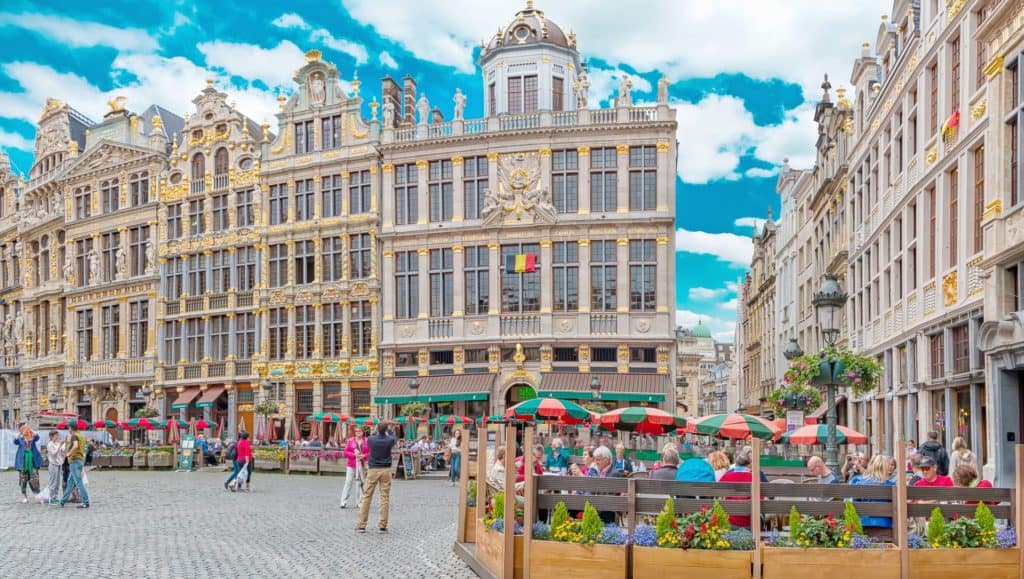 The Grand Place is the central square of Brussels. Also known as Grote Markt, this square is the geographic, symbolic, and cultural heart of Belgium. This square is so important that it is protected by the United Nations.
The Grand Place is the central square of Brussels. Also known as Grote Markt, this square is the geographic, symbolic, and cultural heart of Belgium. This square is so important that it is protected by the United Nations.
The most noticeable structure in the square is the Brussels City Hall. This 15th century building shows the wealth of the city and towers nearly 100 meters high! At the tip of the tower is a sculpture of St. Michael (patron saint of Brussels) killing a dragon. During the holiday season, a Christmas tree is erected in the center of the square and the buildings put on a light show each night.
Being a major tourist attraction, you’ll find an abundance of restaurants, shops, and tour guide centers all throughout the Grand Place.
Tip: I highly recommend that you hire a tour guide to walk you around the streets of Brussels. You can do it on your own, but if you really want insight into the city’s history, the guide will be worth it. You can either join a walking tour group, or have a personal tour guide, I prefer the latter. I also recommend that you take a hop-on hop-off bus tour around Brussels to visit sites not within walking distance. This is the cheapest and most efficient way to explore the city.
Manneken Pis
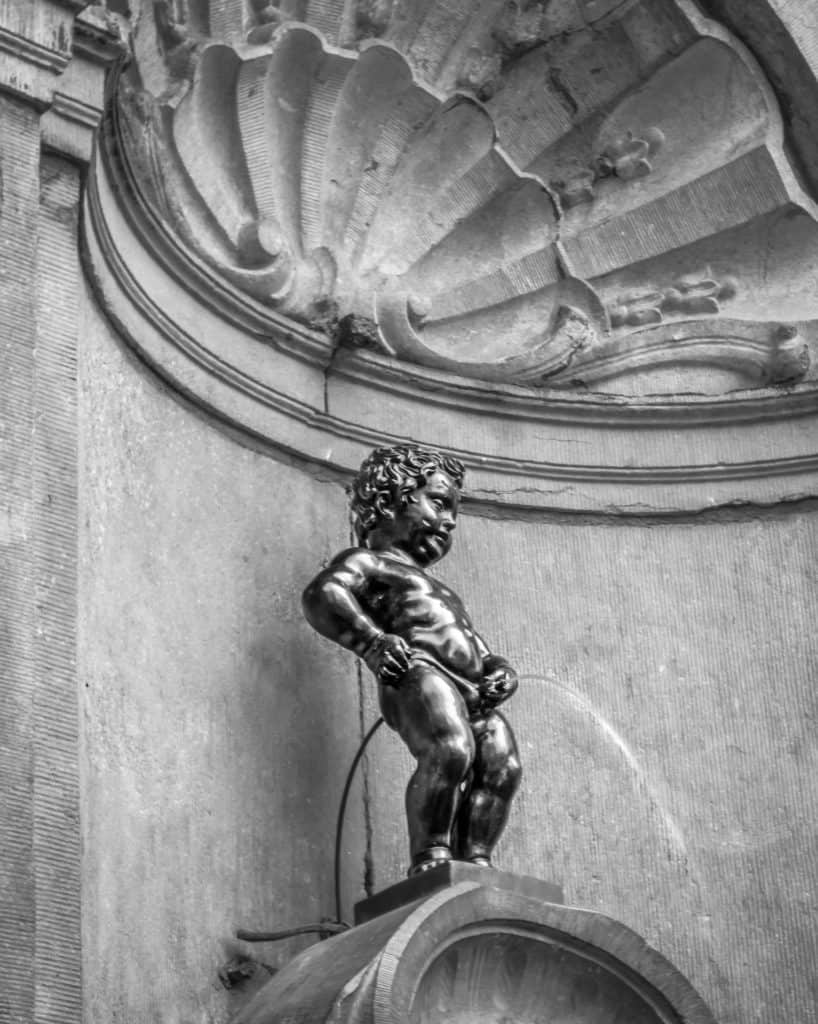 If you walk two blocks down an alleyway leading out of the Grand Place, you’ll find the Manneken Pis statue. This small bronze statue of a little boy peeing dates back to the 17th century. The significance of the statue and the purpose of its construction are still unknown, only stories and legends attempt to explain his origin. One tale tells of a father who had lost his son in the city. He then built a statue as a gift to those who helped him find the boy. Another story tells of Brussels under siege. In this story, a group of attackers was attempting to bomb the city walls, but a little boy who was spying on them was successfully able to disarm the bombs and save the city by peeing on the fuses.
If you walk two blocks down an alleyway leading out of the Grand Place, you’ll find the Manneken Pis statue. This small bronze statue of a little boy peeing dates back to the 17th century. The significance of the statue and the purpose of its construction are still unknown, only stories and legends attempt to explain his origin. One tale tells of a father who had lost his son in the city. He then built a statue as a gift to those who helped him find the boy. Another story tells of Brussels under siege. In this story, a group of attackers was attempting to bomb the city walls, but a little boy who was spying on them was successfully able to disarm the bombs and save the city by peeing on the fuses.
There are more stories but you get the point. These legends brought the statue to life and are the reasons for its fame. You won’t walk through any souvenir shop without seeing the peeing boy on post cards, bottle openers, shot glasses, etc. The statue is also dressed up appropriately for every holiday of the year. Unfortunately, his stream is cut off during the winter as it becomes too cold for the fountain to operate.
Atomium
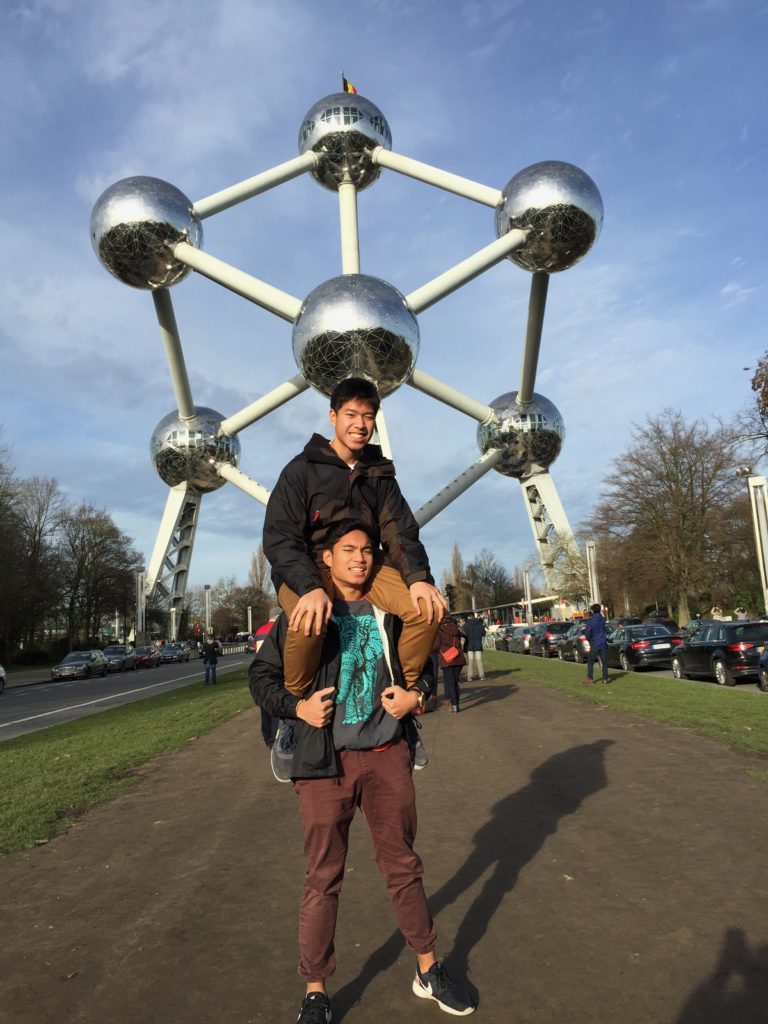 On your bus tour, you’ll stop by the Atomium. This landmark was constructed in 1958 for the Brussels World Expo and depicts a single iron crystal unit magnified 165 billion times. The Atomium is the only structure left standing from the Expo after its conclusion. A series of stairs and escalators connect the spheres to each other. The top sphere has a restaurant with a panoramic view and the other three are accessible house exhibits and museums. This is a must when you visit Brussels!
On your bus tour, you’ll stop by the Atomium. This landmark was constructed in 1958 for the Brussels World Expo and depicts a single iron crystal unit magnified 165 billion times. The Atomium is the only structure left standing from the Expo after its conclusion. A series of stairs and escalators connect the spheres to each other. The top sphere has a restaurant with a panoramic view and the other three are accessible house exhibits and museums. This is a must when you visit Brussels!
Royal Palace of Brussels
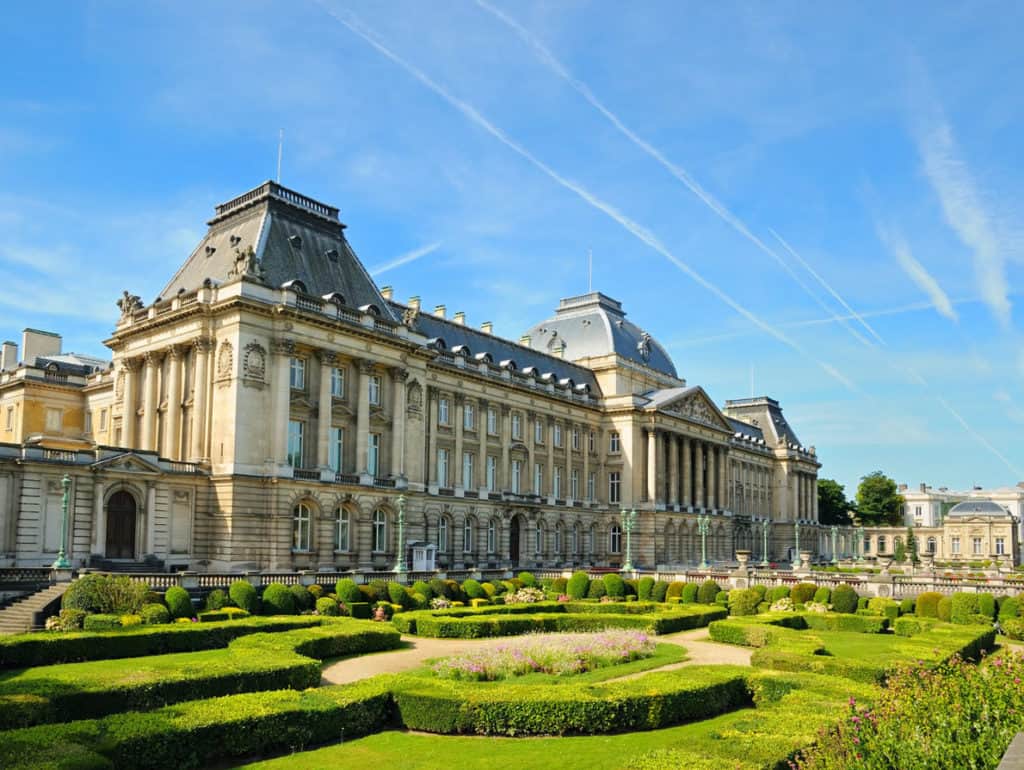 The Royal Palace of Brussels serves as the King’s residence and office. Although the building’s most recent renovations took place in the 1900s, its original foundations date back to the 1700s. The Palace is located in front of Brussels Park.
The Royal Palace of Brussels serves as the King’s residence and office. Although the building’s most recent renovations took place in the 1900s, its original foundations date back to the 1700s. The Palace is located in front of Brussels Park.
Cinquantenaire
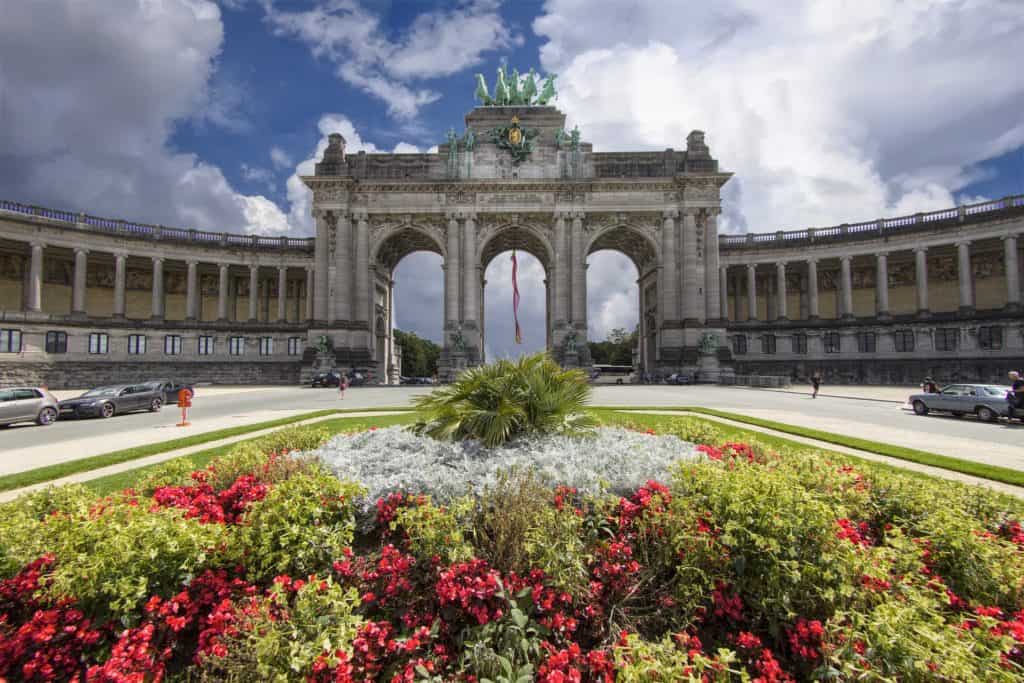 Cinquantenaire, or Parc du Cinquantenaire, was built in 1880 to celebrate 50 years of Belgian independence. Cinquante means 50 in French. The park is situated in front of a large arch that is decorated with a fountain that serves as a grand monumental entrance. Several famous museums are incorporated into the park including Autoworld (car museum), the Royal Art Museum, the Royal History Museum, and the War Museum.
Cinquantenaire, or Parc du Cinquantenaire, was built in 1880 to celebrate 50 years of Belgian independence. Cinquante means 50 in French. The park is situated in front of a large arch that is decorated with a fountain that serves as a grand monumental entrance. Several famous museums are incorporated into the park including Autoworld (car museum), the Royal Art Museum, the Royal History Museum, and the War Museum.
Day Trips
If you find that there still isn’t enough in Brussels to satisfy your adventurous appetite, then keep in mind that there are several touring companies that can take you on a day trip via bus to visit Ghent and Bruges. These cities are nowhere near the size of Brussels, but are both beautiful and filled with history. In Ghent and Bruges, you can find intricate canals that are reminiscent of Venice. They weave through the cities, separating elegant buildings and churches from one another.
Ghent
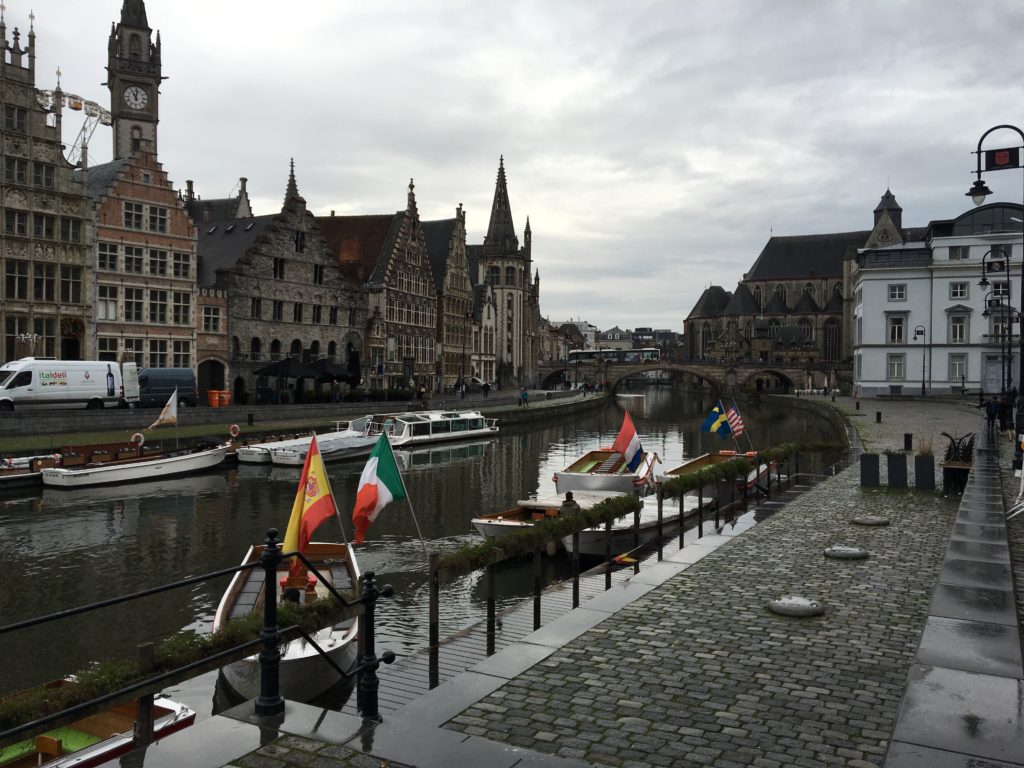
Bruges
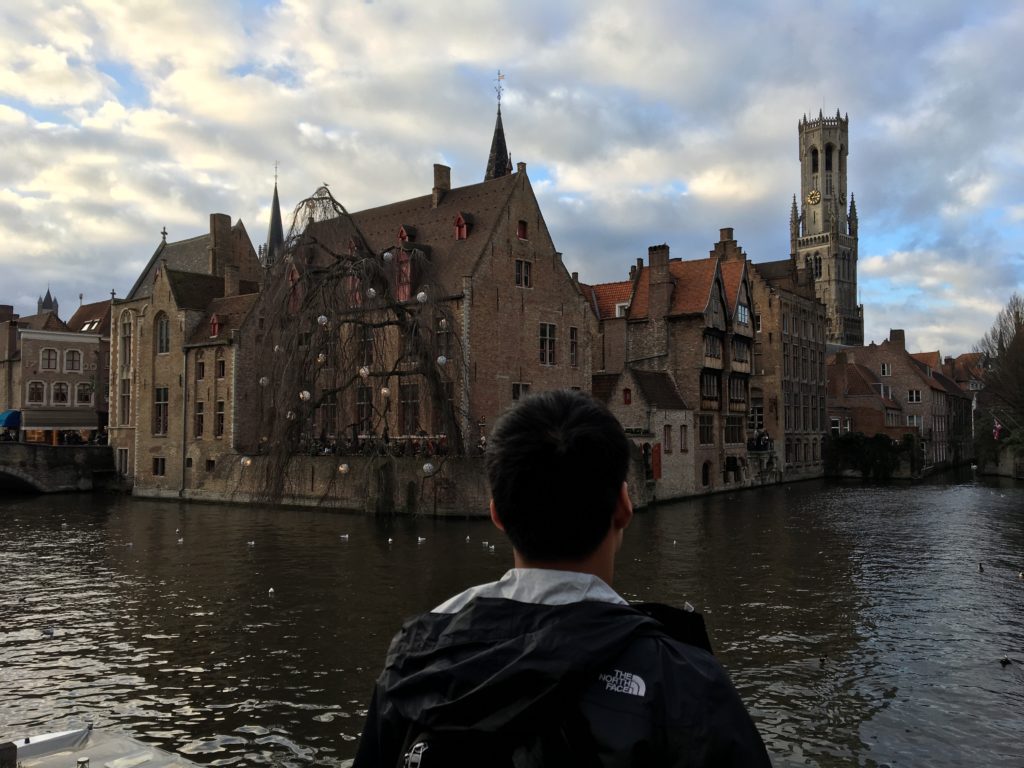
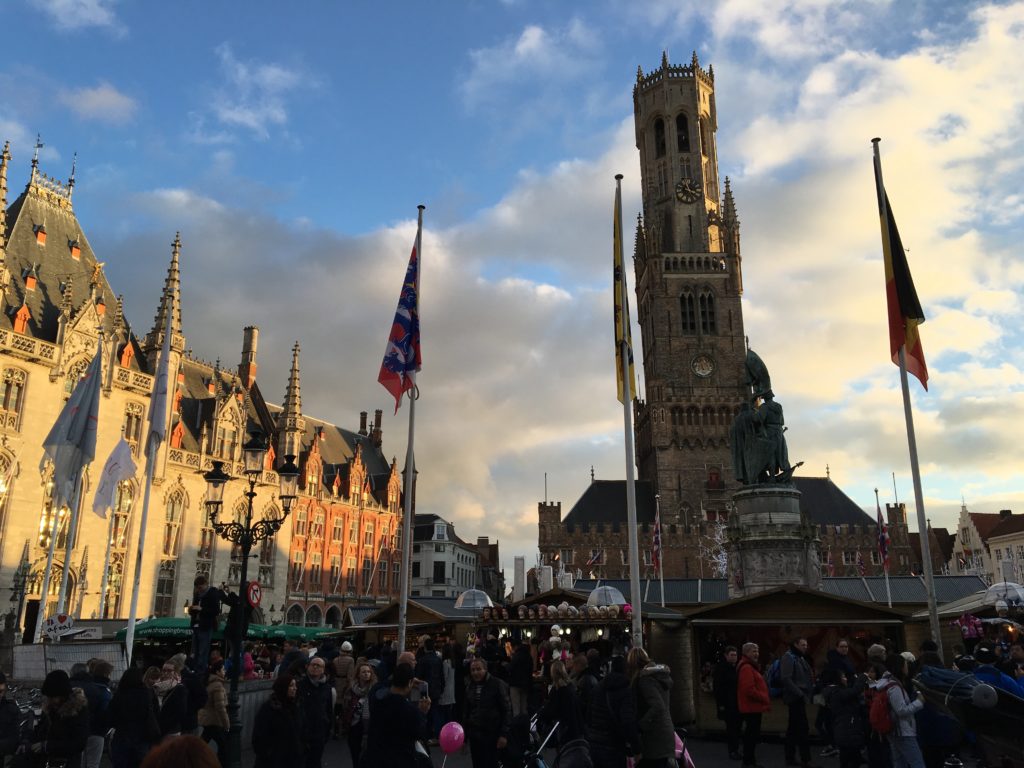
Brussels Christmas Markets
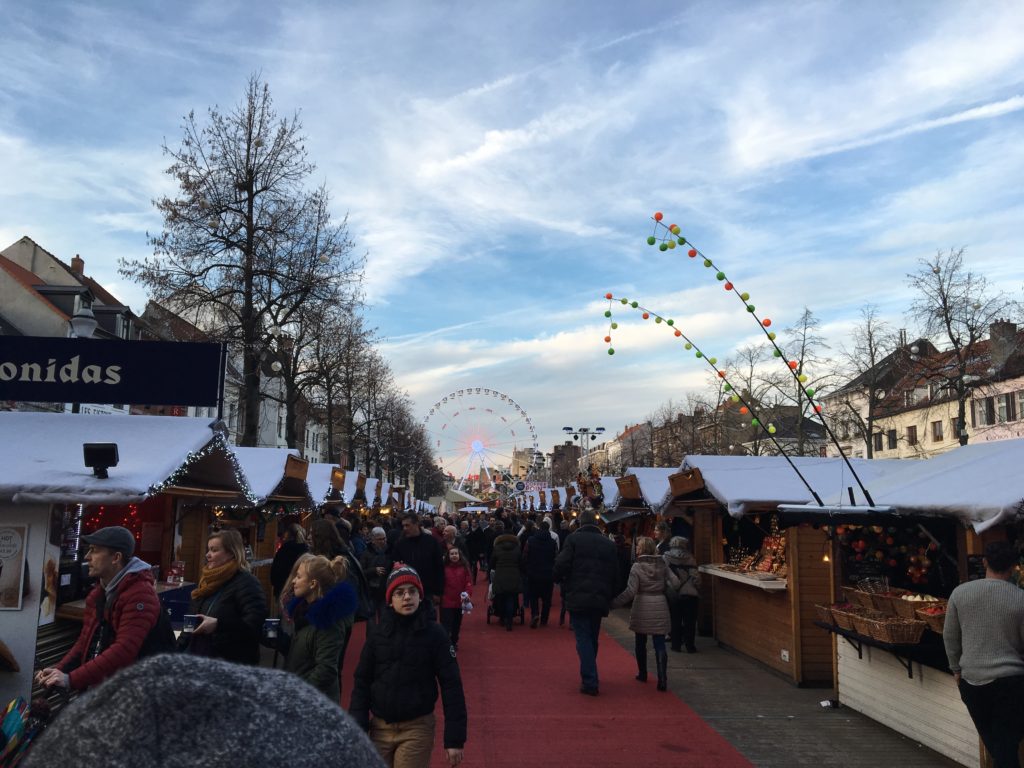 In the winter, several Christmas markets are assembled within walking distance of the Grand Place. The Christmas markets in Brussels are complete with massive Ferris wheels and merry-go-rounds. Booths are lined up side-by-side selling food and merchandise including copious amounts of hot chocolate and Christmas ornaments. If you have the option of traveling to Brussels for the holidays, these markets are a great opportunity to purchase homemade goods and products from locals.
In the winter, several Christmas markets are assembled within walking distance of the Grand Place. The Christmas markets in Brussels are complete with massive Ferris wheels and merry-go-rounds. Booths are lined up side-by-side selling food and merchandise including copious amounts of hot chocolate and Christmas ornaments. If you have the option of traveling to Brussels for the holidays, these markets are a great opportunity to purchase homemade goods and products from locals.
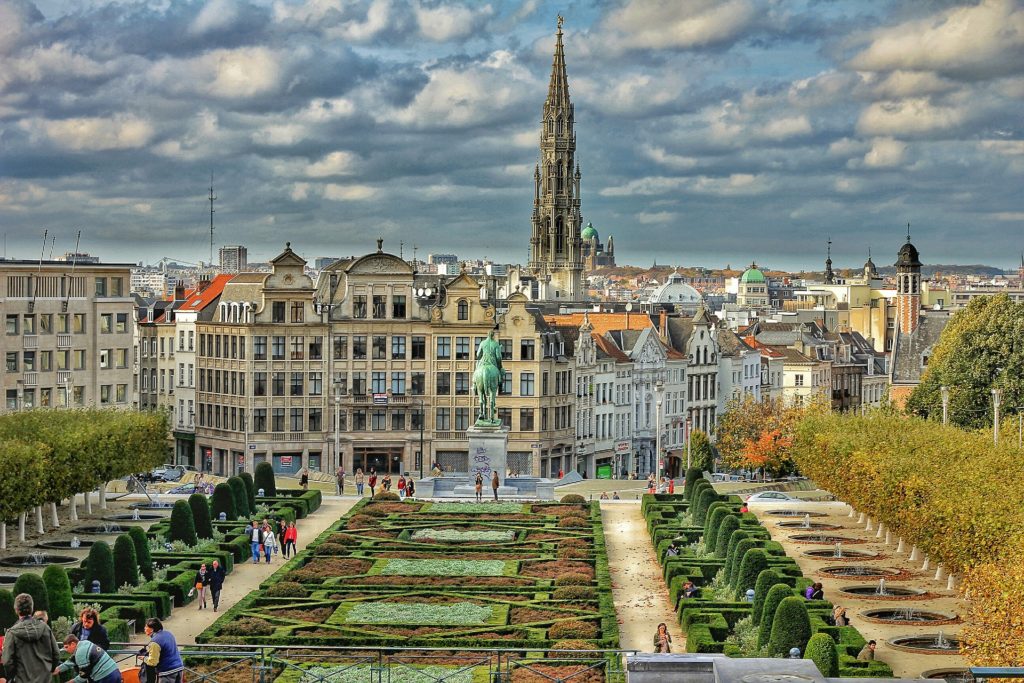 Brussels is a city that doesn’t disappoint. With the lavish cuisines of France and the cultural diversity of Manhattan, the streets of Brussels encompass all nationalities. No matter which part of the world they might come from, travelers who stop by will find at least one aspect of the city that is familiar to them. The same concept could apply to you! The only way to find out is to come to Brussels and see for yourself.
Brussels is a city that doesn’t disappoint. With the lavish cuisines of France and the cultural diversity of Manhattan, the streets of Brussels encompass all nationalities. No matter which part of the world they might come from, travelers who stop by will find at least one aspect of the city that is familiar to them. The same concept could apply to you! The only way to find out is to come to Brussels and see for yourself.
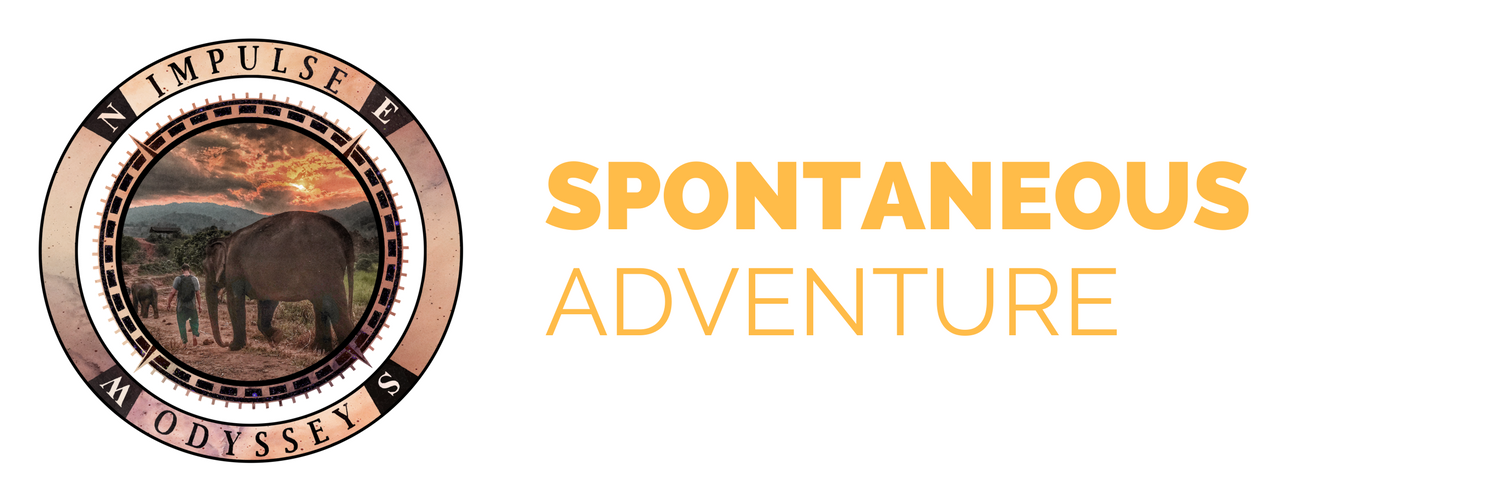

1 comment
Thank you for your nice post, I am also from Belgium. I feel very happy while I’m reading this!
Comments are closed.